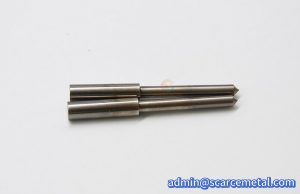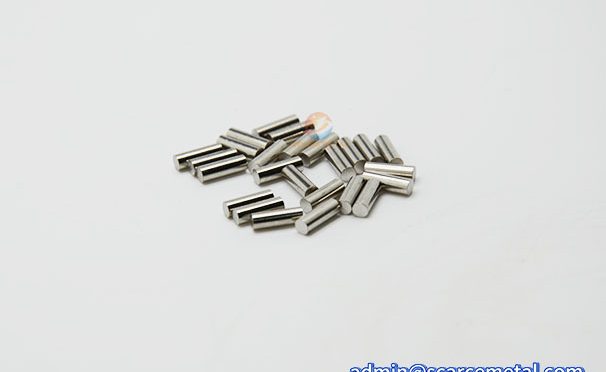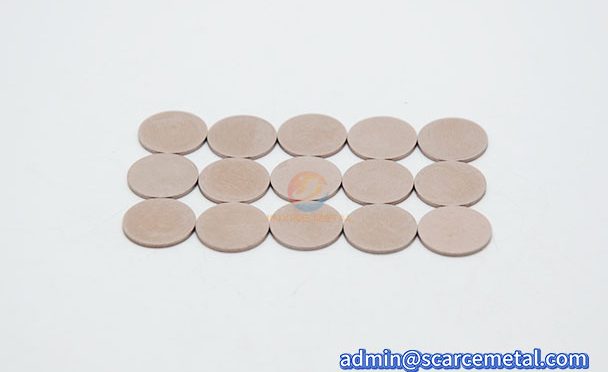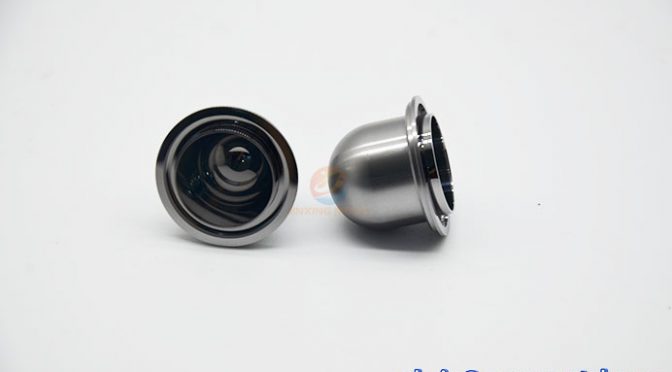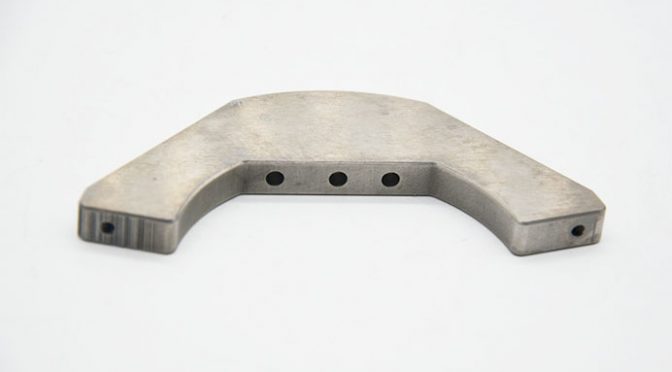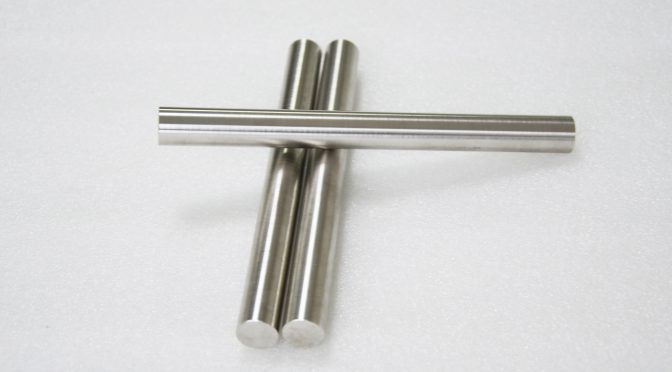Sharp Tungsten Needle
Overview
Sharp Tungsten Needles are needle-shaped electrodes made of high-purity tungsten or doped with rare earth elements (such as cerium and lanthanum), possessing core characteristics such as high temperature resistance, high hardness, low loss, and stable arc. They are widely used in TIG welding, plasma cutting, and high-voltage power equipment, serving as a key component for achieving stable arc discharge or electron emission under extreme environments such as high temperature, high pressure, and vacuum. Our company can provide custom-sized metal electrode products; please contact us anytime via email or WhatsApp if needed.
Tungsten Electrode Advantages
- Tungsten has an extremely high melting point, allowing it to withstand extreme temperatures without melting, making it suitable for high-temperature welding and electrical discharge applications.
- It has high hardness, is wear-resistant, and is not easily deformed or damaged during use.
- It has excellent corrosion resistance, allowing for long-term use in corrosive environments.
- It has good electrical and thermal conductivity, ensuring efficient current and heat transfer and constant resistance during welding.
- It has high density, uniform structure, is free of debris, has a low melting rate, and good homogeneity.
- It comes in various types, including pure tungsten (suitable for AC welding), cerium tungsten (low-current welding), lanthanum tungsten (DC welding), and yttrium tungsten.
Tungsten Needle Dimension
| Material |
W1/WT20/WL10/WC20 |
| Diameter |
0.25-10mm |
| Length |
100-200mm |
| Tip Angle |
10°-45° |
| Tip Length |
10-50mm |
| Surface Smoothness |
6-8 RMS |
|
MOQ |
10 |
| Delivery Time |
20-30DAYS |
| Certification |
ISO 9001 |
Sharp Tungsten Needle Application
- Arc Welding Applications: As the core electrode for TIG welding (Tungsten Inert Gas welding), it is suitable for welding metals such as stainless steel, aluminum alloys, and titanium alloys. Its high-temperature resistance ensures arc stability, making it widely used in high-precision welding scenarios like aerospace and medical devices.
- Plasma Cutting and Spraying: In plasma arc cutting, tungsten needle electrodes initiate and sustain the plasma arc, enabling the cutting of thick steel plates and non-ferrous metals. During plasma spraying, they generate high-temperature plasma jets that melt coating materials and spray them onto workpiece surfaces, achieving corrosion resistance and wear-resistant treatments.
- Scientific Research and Testing: Employed in spectral analysis (e.g., atomic emission spectroscopy) as discharge electrodes to excite sample luminescence for elemental detection. Also serves as electron emitter electrodes in vacuum equipment and particle accelerators, providing stable electron sources.
- Electronics and Electrical Engineering: Used in high-voltage switches and surge arresters to initiate and extinguish arcs, ensuring safe operation of power equipment. Additionally applied in precision spot welding or electron beam machining during certain electronic component manufacturing processes.
Tungsten Needle Electrode Process
① High-purity tungsten powder (purity ≥99.95%) is selected and mixed with dopant powders of thorium, cerium, lanthanum, etc. After uniform mixing, it is cold-pressed into a cylindrical blank.
② The blank is placed in a hydrogen-protected sintering furnace and sintered at a high temperature of 1800-2200℃ to remove internal porosity, improve density and strength, and form a tungsten rod blank.
③ The tungsten rod blank is machined to the target diameter through rolling or forging processes, while refining the grain size and enhancing the material's toughness to suit subsequent precision machining.
④ The outer diameter is ground using a diamond wheel to ensure diameter tolerance; the tip is machined using specialized grinding equipment, producing conical, hemispherical, or flat-topped sections with different angles depending on the application requirements. Polishing is required for some applications.
⑤ Surface cleaning removes residual impurities. Some high-end products require vacuum annealing to eliminate internal stress; for special applications (such as high-current welding), a coating treatment can be added to improve conductivity and oxidation resistance.
⑥ Through steps such as size measurement, surface defect detection, and hardness testing, the finished product is guaranteed to be qualified before final packaging and shipment.
Sharp Tungsten Needle Pictures

